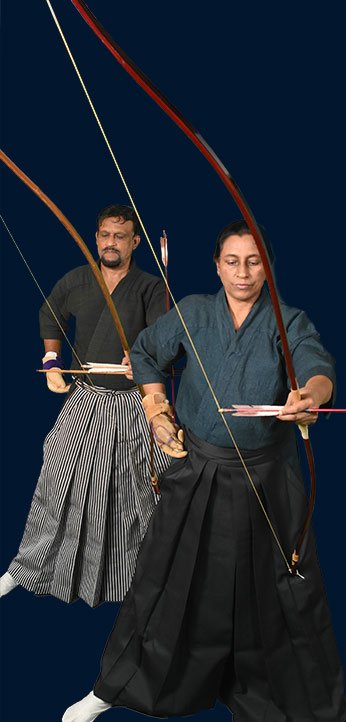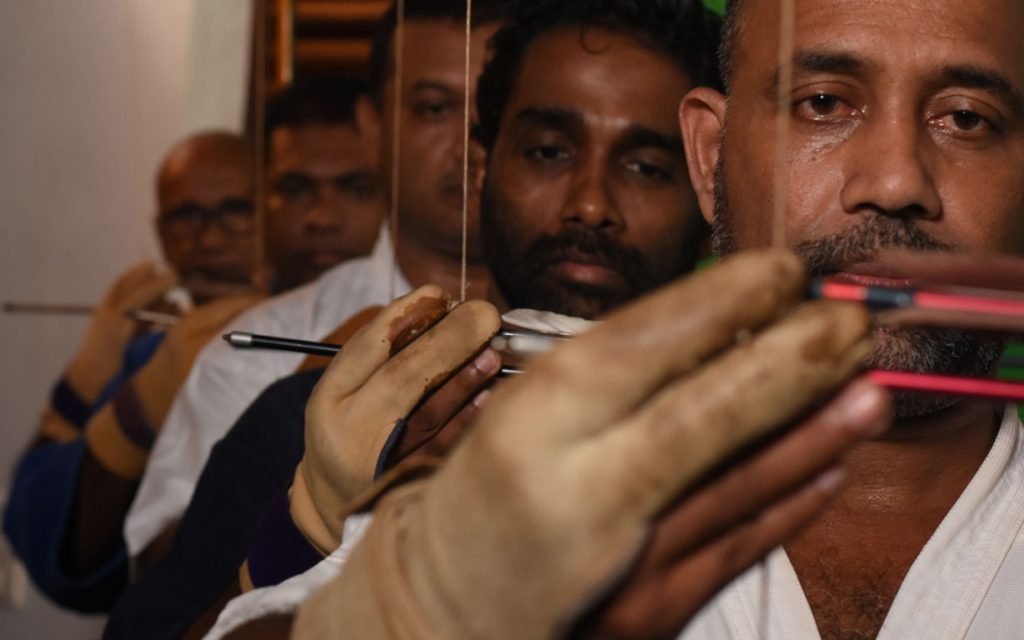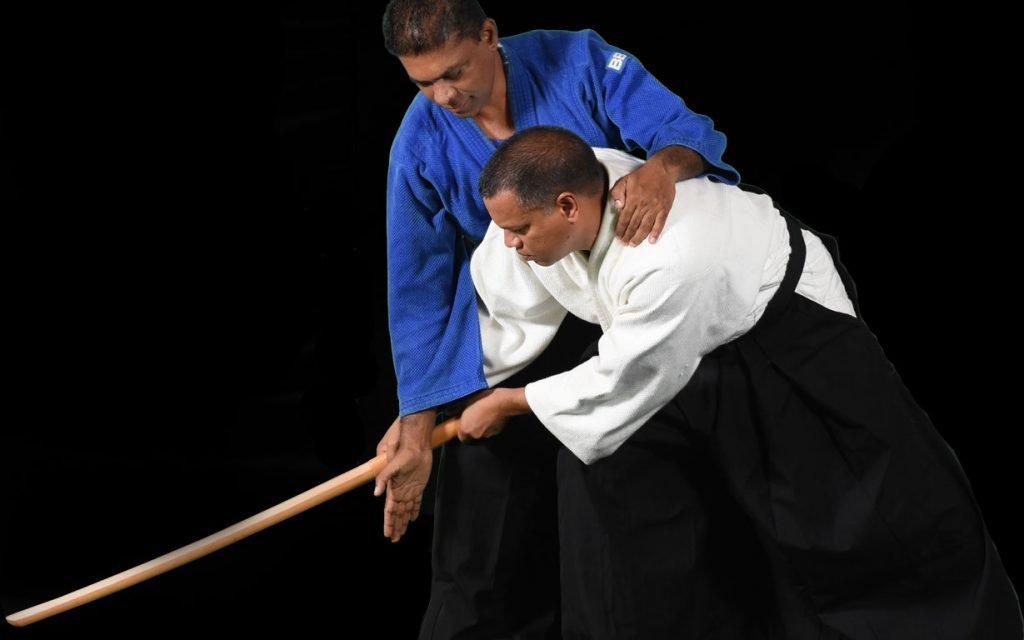





Beginning of
Budo Sri Lanka
We are a traditional dojo in Colombo, Sri Lanka that teaches various Japanese martial arts and related cultural aspects.
The Samurai culture consists of a code of conduct that’s fuelled by honour and discipline. With practice, day-to-day life evolves spiritually, manifesting a life of earned respect in one’s society.
At Budo Sri Lanka, we bring together both the cultures, local and Japanese to cultivate harmony and enhance the state of mind of the people.
We do not believe in a specific destination in training. Learning the techniques and perfecting them is a lifelong process.
The six Practices
01
Kyudo
Kyudo is a Japanese martial art that translates to ‘The Way of the Bow’. It is also considered as ‘Meditation in Action’. After the introduction of firearms to fight enemies during the war, bows and arrows were no more a part of ongoing battles.
02
Ki-Akido
The art of Winning without Fighting, Ki-Aikido is a form of self-defence that has nothing to do with violence. The basis of Ki-Aikido is the belief that you do not need to be strong to defeat an enemy.
03
kendo
Kendo is the use of the principles of ancient Samurai Sword fighting to achieve discipline in one’s life. The ‘shinai’, the bamboo swords replace the ‘Katana’, the sword, padded with Kendo-gu, the protective armour.
04
Iaido
Iaido, usually translated as the art of adapting to circumstances or the way of being aware, is a sword drawing technique taught for responding to attacks of the opponents.
05
jodo
Jodo, the way of the stick, is a form of defence against the Japanese sword. Here, your opponent will be fighting you with a sword, whereas you will be using a stick- the first weapon used by humans.
06
Sado
Sado, the way of tea, is a tea ceremony hailed from the Japanese tradition. It originated from the intention of having high profile diplomatic secret meetings among the Samurai while having the utmost respect for the invitee or the guest.







